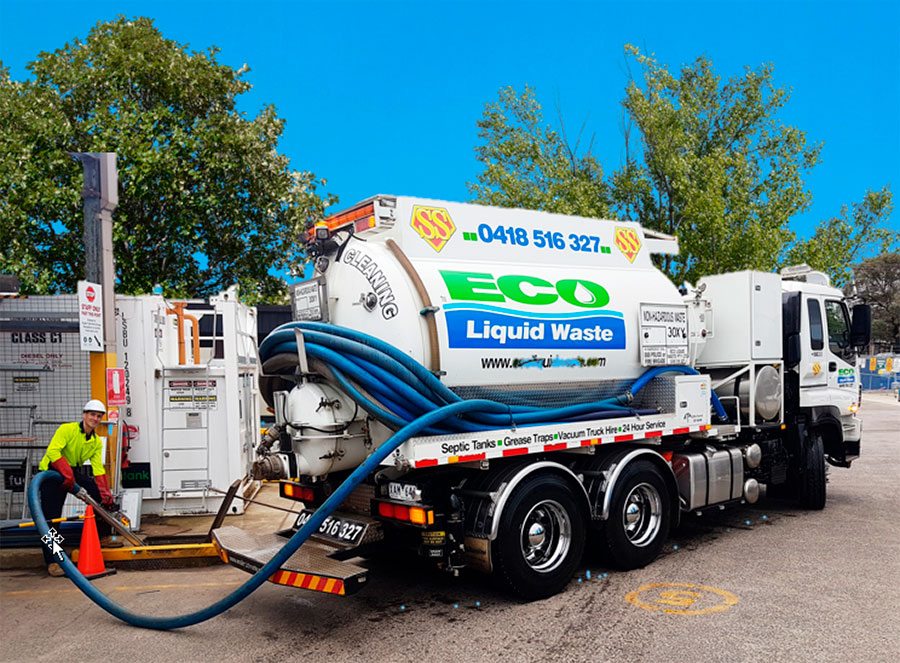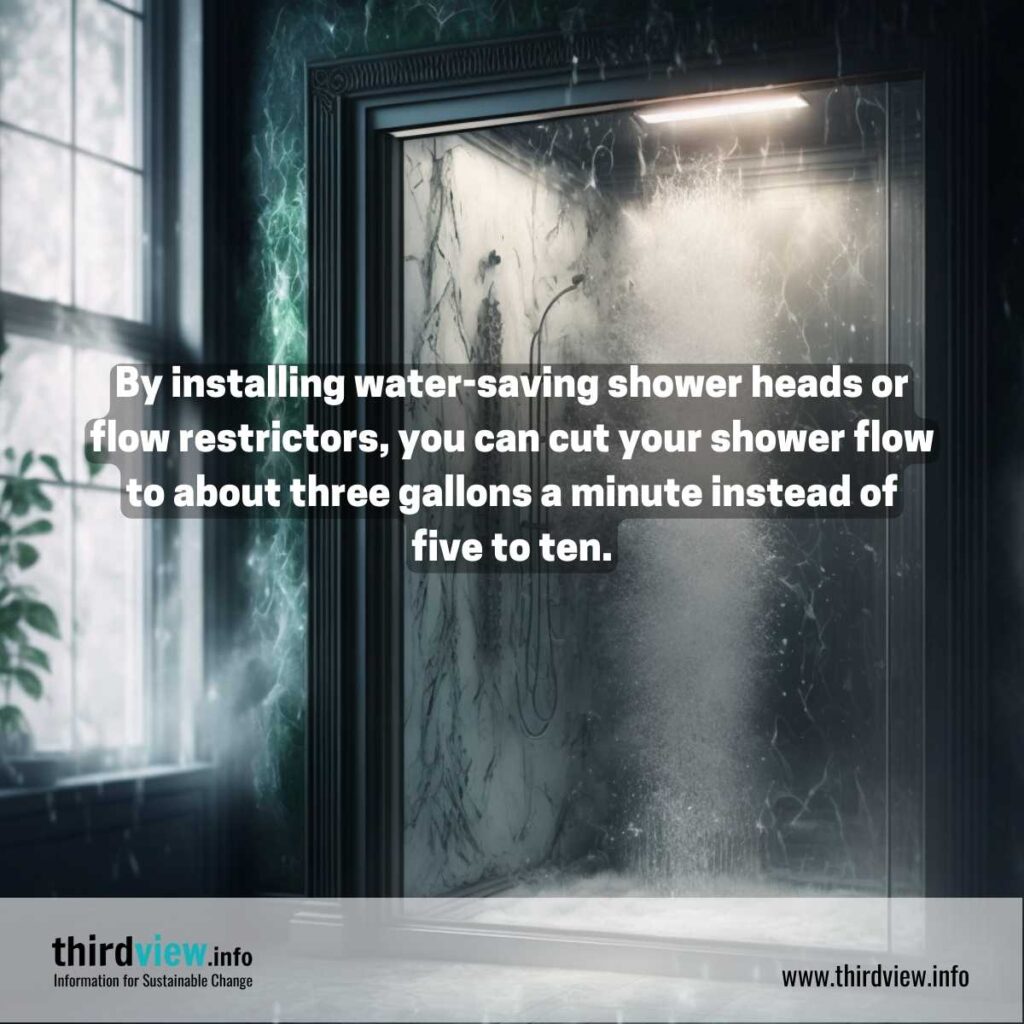Reclaim Waste Things To Know Before You Buy
A Biased View of Reclaim Waste
Table of ContentsThe Main Principles Of Reclaim Waste The Ultimate Guide To Reclaim WasteFascination About Reclaim WasteWhat Does Reclaim Waste Do?How Reclaim Waste can Save You Time, Stress, and Money.
Explore the kinds, incidents, and forms of fluid waste. Domestic sewer waste describes the waste and products from a residential sewage-disposal tank. This sort of waste is created by human beings in houses, colleges, and other structures. This only includes sewage-disposal tanks that have a drain area. The proper monitoring and disposal of residential sewage waste call for liquid waste to be moved to a sewer treatment plant where the correct techniques and tools are related to detoxify and throw away waste.
Commercial waste commonly consists of potential threats, such as combustible products or a combination of liquid and solid waste products, and needs an extra advanced and in-depth disposal process. The disposal of industrial waste normally entails the filtering of waste before transportation to guarantee safe and appropriate disposal. Hazardous waste is developed from byproducts and overflow of commercial processes and production.
This kind of waste can not use the very same sewage administration transportation or procedures as septic or business liquids. The hazardous waste management process needs the inspection and testing of fluid waste prior to it undergoes the disposal process (liquid waste removal). Runoff waste is the liquid waste that comes from runoff and excess stormwater in highly inhabited locations or cities
Runoff waste can create contamination and flooding otherwise taken care of effectively. Find out more concerning drain cleaning and waste management. Ensuring proper waste administration can prevent catastrophes and minimize ecological damage. Both individuals in residential setups and specialists in commercial or production markets can gain from recognizing the processes and regulations of fluid waste administration.
All about Reclaim Waste
Call PROS Services today to discover our waste administration and disposal solutions and the correct ways to look after the fluid waste you produce.
(https://writeablog.net/reclaimwaste1/reclaiming-resources-a-comprehensive-guide-to-industrial-wastewater-treatment)This supposed 'wastewater' is not only an essential resource yet, after treatment, will certainly be released to our land, waterways or the sea. Used water from commodes, showers, baths, kitchen area sinks, washings and industrial procedures is known as wastewater.

water made use of to cool equipment or tidy plant and equipment). Stormwater, a type of wastewater, is runoff that flows from farming and metropolitan locations such as roofing systems, parks, yards, roadways, paths and rain gutters right into stormwater drains, after rainfall. Stormwater moves without treatment straight to local creeks or rivers, ultimately getting to the sea.
Reclaim Waste Fundamentals Explained
In Queensland, many wastewater is treated at sewer therapy plants. Wastewater is transported from domestic or industrial sites via a system of sewage systems and pump terminals, understood as sewerage reticulation, to a sewer therapy plant.
The Department of Natural Resources encourages regional governments concerning managing, operating and maintaining sewage systems and treatment this hyperlink plants. In unsewered areas, city governments may require owners to mount private or household sewer therapy systems to treat residential wastewater from bathrooms, kitchen areas, shower rooms and laundries. The Division of Natural Resources authorises the usage of home systems when they are verified to be efficient.
A lot of stormwater receives no therapy. In some new class, treatment of some stormwater to remove clutter, sand and gravel has started utilizing gross pollutant catches. Wastewater therapy occurs in 4 stages: Gets rid of solid issue. Larger solids, such as plastics and various other items mistakenly discharged to sewage systems, are eliminated when wastewater is passed through displays.
Wastewater after that flows into huge tanks where solids clear up and are removed as sludge. Oil and residue are skimmed from the surface. Utilizes little living microorganisms referred to as micro-organisms to damage down and get rid of remaining liquified wastes and great fragments. Micro-organisms and wastes are incorporated in the sludge. Eliminates nitrogen and phosphorus nutrients that can cause algal flowers in our rivers and threaten aquatic life.
Some Of Reclaim Waste
Nutrient elimination is not readily available at all sewer treatment plants because it requires pricey specialized devices. Clear fluid effluent created after treatment might still have disease-causing micro-organisms - liquid waste disposal melbourne.

Many wastewater flows right into the sewerage system. Under the Act, regional federal governments provide authorizations and licences for ecologically relevant tasks (Periods) including wastewater launches that could have a neighborhood influence.
Unknown Facts About Reclaim Waste
Monitoring provides factual information about water quality and can confirm that licence problems are being fulfilled. The details gotten via surveillance gives the basis for making water top quality choices.